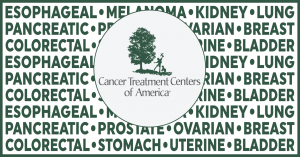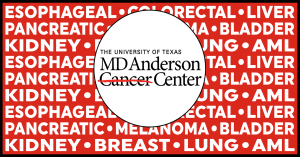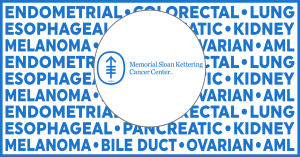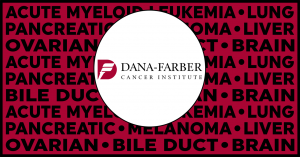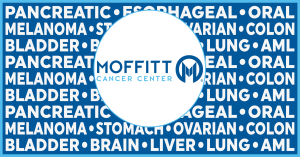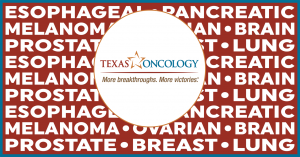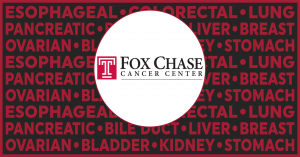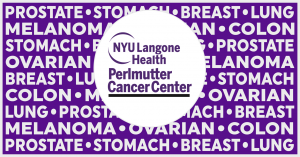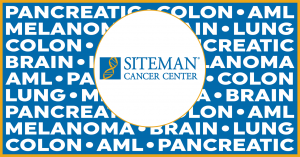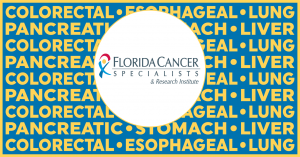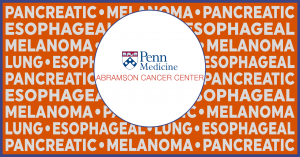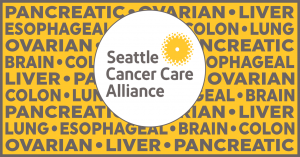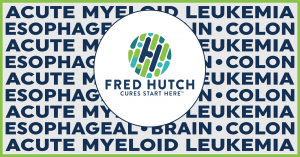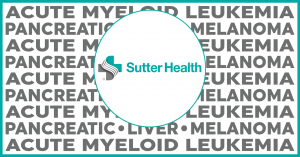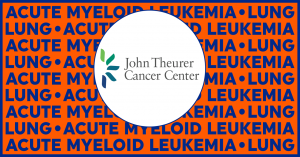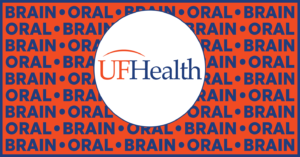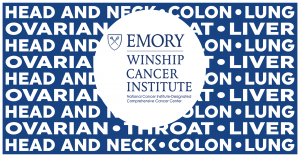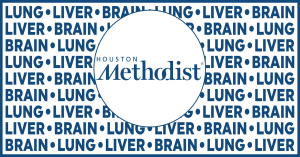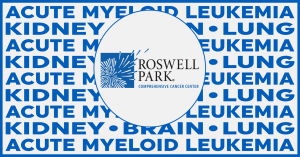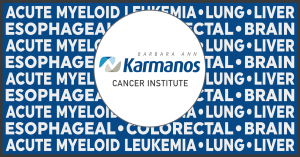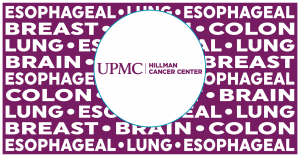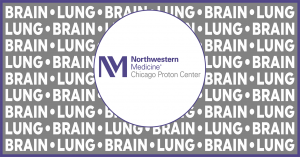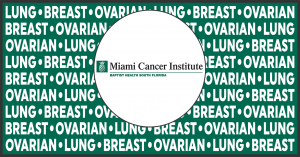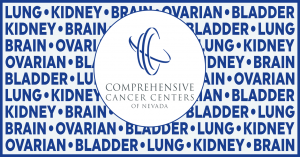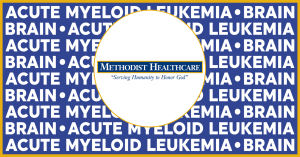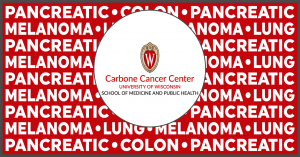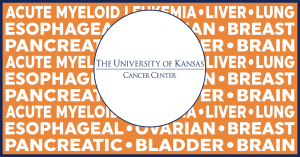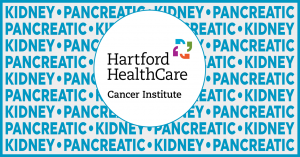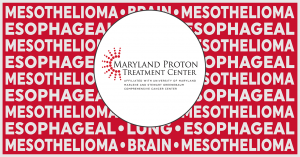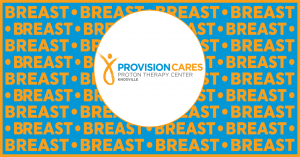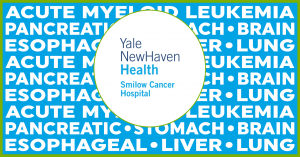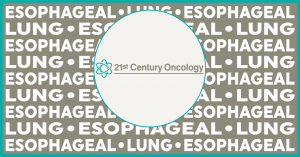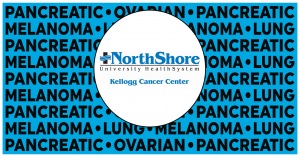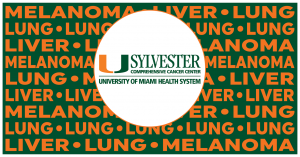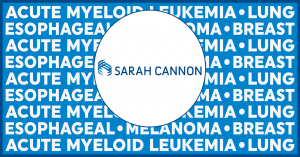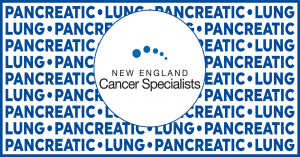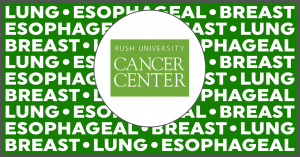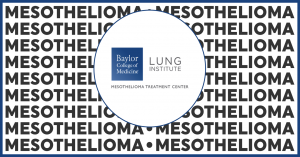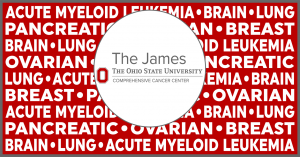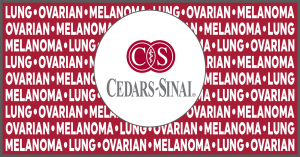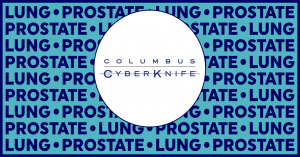U.S. Cancer Centers Deceptive Testimonials Database
TINA.org conducted a review of patient testimonials used to promote the 50 cancer treatment centers in the U.S. that spent the most money on advertising in 2017. Our results revealed that, of the cancer centers still in business in 2018, 43 out of 48 – or 90% – deceptively used patient testimonials in their marketing materials by promoting anecdotal, atypical patient results without clearly and conspicuously disclosing what the generally expected results for a patient in a similar situation would be.
Specifically, TINA.org’s investigation found hundreds of testimonials featuring patients with cancer types that have a less than 50 percent five-year survival rate,* being used in direct-to-consumer marketing materials to advance the narrative, either explicitly or implicitly, that treatment at a specific cancer center will provide patients with a therapeutic advantage, allowing them to beat the odds and live beyond five years. Moreover, within this sampling of deceptive testimonials many also promote clinical trials (i.e., research endeavors with no guarantee of therapeutic benefit), as well as novel treatments, such as immunotherapy and/or experimental procedures, without clearly and conspicuously disclosing their limitations, risks and relative rarity.
The below table lists the top 50 advertising cancer centers for 2017, the amount each center spent on advertising in 2017, whether the center is nonprofit or for-profit, and whether or not it is NCI-designated (i.e., accredited by the National Cancer Institute). The names of all the centers, as well as the amount each center spent on advertising, was obtained from Kantar Media.** The profit status for each cancer center was determined based on available information. The NCI-designation of each cancer center was found here.
TINA.org has compiled databases for 43 of the 50 cancer centers. As for the remaining seven centers, TINA.org did not readily find examples of deceptively used testimonials for five of the cancer centers, and two of the centers have gone out of business.
To view TINA.org’s database of deceptively used patient testimonials for each center, click on the cancer center name.***
Note: TINA.org has shortened the length of some videos in the databases in order to pinpoint the deceptive claims at issue.
*TINA.org used the five-year survival statistics published on the NIH National Cancer Institute Surveillance, Epidemiology, and End Results Program website (https://seer.cancer.gov/statfacts/) in determining which testimonials portray atypical results. In cases where such statistics were not available, TINA.org looked to other sources, including Cancer.org and Cancer.net.
The NIH SEER Cancer Survival Statistics provide overall statistics for different cancer types (e.g., brain, lung, breast, ovarian), as well as individual survival statistics for each stage of a given cancer type. These statistics describe cancer stages using words (“Localized,” “Regional,” “Distant”) as opposed to numbers (stage 1, stage 2, stage 3, stage 4). In aligning the staging system used in the testimonials to the NIH SEER stages, TINA.org classified stage 1 as “Localized,” stages 2 and 3 as “Regional,” and stage 4 as “Distant,” which is consistent with the National Cancer Institute’s Cancer Staging definitions. See NIH National Cancer Institute Cancer Staging, https://www.cancer.gov/about-cancer/diagnosis-staging/staging.
If a testimonial provided the stage, TINA.org used the statistic for that particular stage. If a testimonial did not provide a stage, TINA.org used the overall statistic for that type of cancer. In those cases in which a particular patient is featured more than once in a database – i.e., the cancer center featured the patient in multiple marketing materials – TINA.org catalogued the specific cancer stage for that patient based on related posts even if one or more of the patient’s testimonials did not provide staging information. However, in those instances, the patient’s testimonials present an atypical result whether general or specific survival statistics are used. That is to say, regardless of which survival statistics are used, the five-year life expectancy is under 50 percent.
All the testimonials in TINA.org’s database feature patients who are not likely to survive beyond five years from diagnosis based on their cancer types but nevertheless state expressly or imply that they have lived beyond five years or will live past the five-year mark, which is, by definition, an atypical result.
** In some cases, Kantar Media lists two names for a cancer center – the name of the “Advertiser” and the name of the “Ultimate Owner.” The names listed above, and those featured at the top of each database, are the “Advertiser” names provided by Kantar Media. In some cases, however, individual examples of deceptively used patient testimonials derive from either the “Advertiser” or the “Ultimate Owner” of the center provided by Kantar Media.
*** Some of the database entries consist of deceptive social media posts. On occasion, the social media posts provide a link to another source and, in some of those cases, the additional source discloses survival statistics or more information about the cancer type or stage the featured patient has. However, hyperlinking is not an adequate way of disclosing material information and thus does not render the post any less deceptive.
